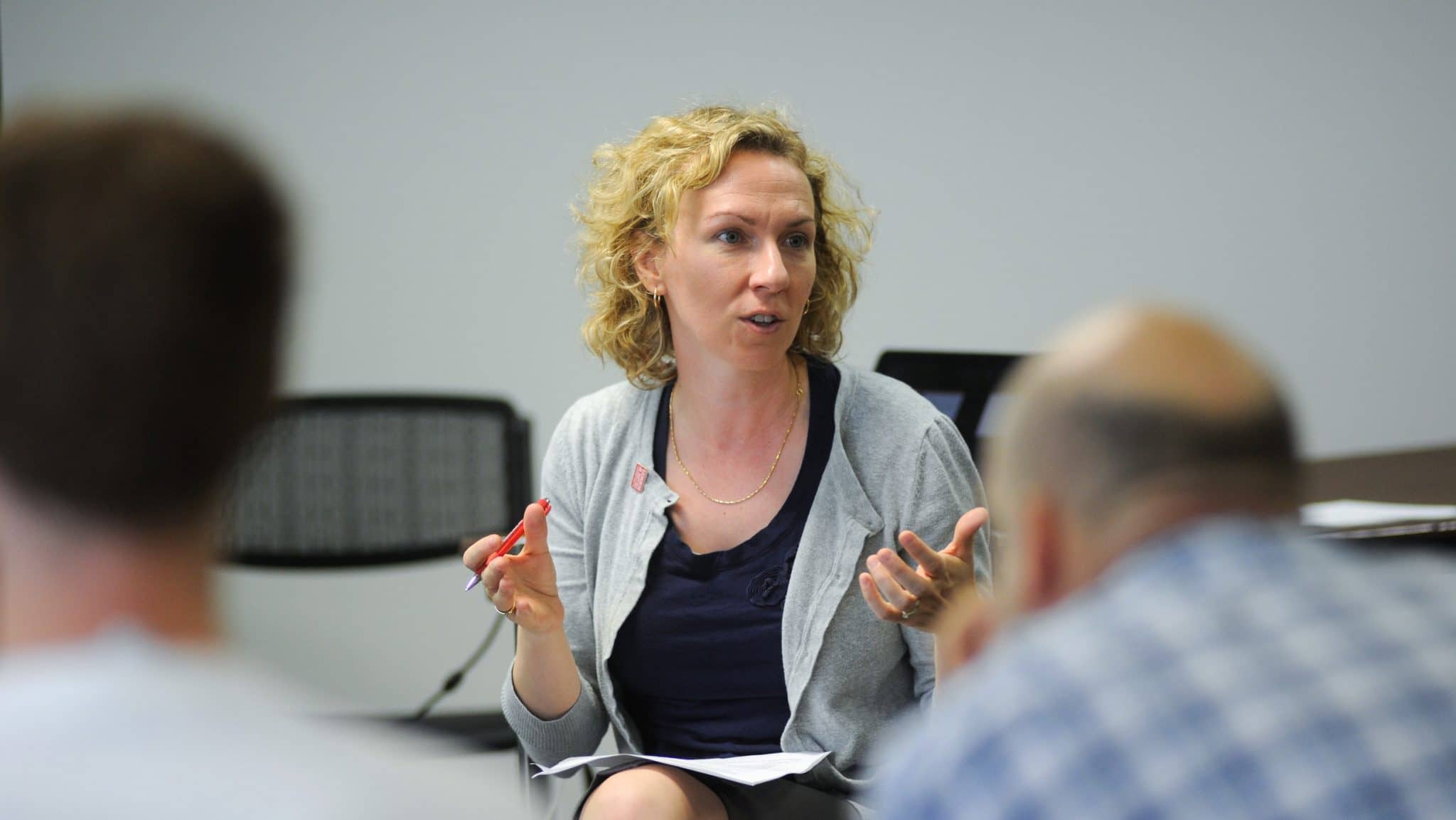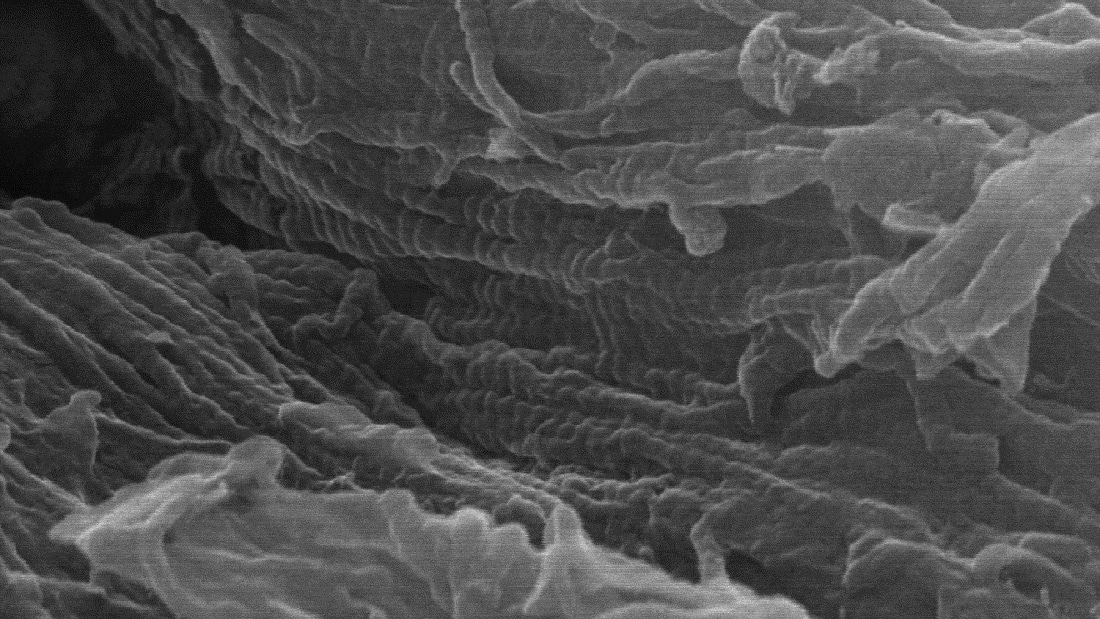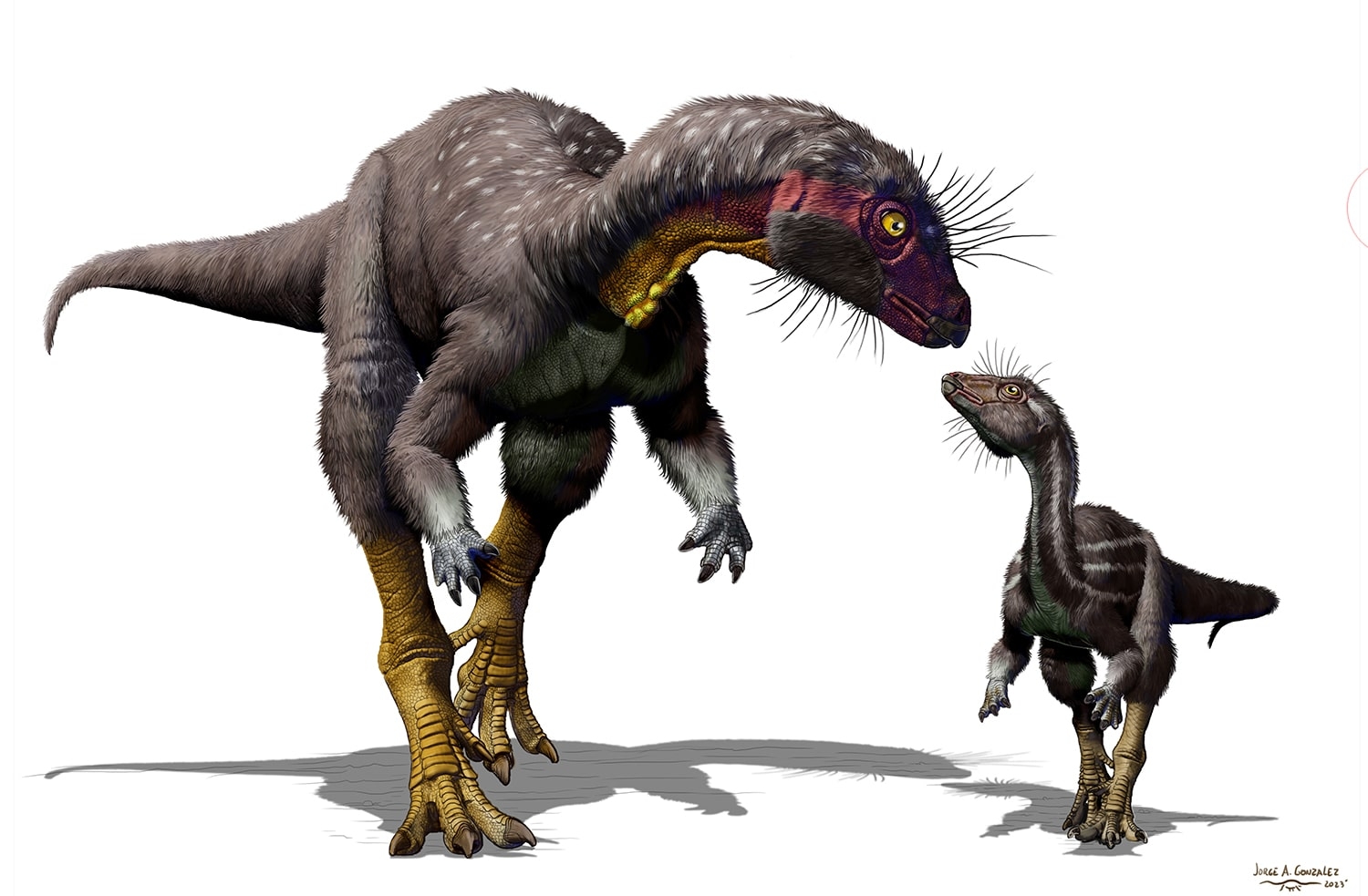Authentic Public Science

This piece was written by Holly Menninger, the College’s director of public science.
We’re a year out from the next presidential election, and there’s a gaggle of candidates chasing each other through diners and debates from New Hampshire to California.
Among the emerging themes: authenticity. Voters are looking for candidates who push aside rhetoric and reveal their true selves. This national conversation has me thinking about how authenticity extends to my work in science outreach.
As director of public science for the College, I’m charged with helping our faculty and students better connect their work to the public. I want them to communicate in ways that engage new audiences in the scientific process — children, seniors and underrepresented groups among them. By giving more people access to hands-on science, we start a conversation that brings scientists and lay audiences together to learn more about our world and solve great societal problems.
In previous generations, science outreach was something different. You’ve probably seen it. The scientist, much like the politician giving a stump speech, defaults to a one-way push of information that’s little more than a lecture. Social science research has shown that such an approach does little to improve scientific literacy or alter negative attitudes toward science.
Moreover, this old-fashioned approach to outreach no longer passes muster with the National Science Foundation (NSF), the federal agency that funds so much of the research enterprise in our College and elsewhere. NSF now requires that all funding proposals articulate specific ways that the researcher plans to engage non-academic audiences to the benefit of society.
And so it is time for our researchers to think creatively – and more authentically – about how they engage the public. There’s no standard recipe for success here. I’m seeing authenticity in public science emerge in a number of ways.
There’s the former science teacher-turned-physics professor who’s working with The Science House K-12 outreach program to develop hands-on lab activities that bring her research to life in classrooms.
Then you have the pre-tenure biology professor who shares fish tales — the stories of his pesce-based genetics research — with fellow beer-drinkers at a local pub’s monthly science gathering.
And there’s the ambitious graduate student who built an interactive demo featured at the NC Museum of Natural Sciences that inspires one-on-one conversations with visitors about her work.
Our College is home to an outstanding pool of scientists. With a bit of coaching and a dash of self-reflection, we can more authentically engage the public in our work. We’ll obtain more research funding, and we’ll be creating a more prosperous and scientifically literate society.
- Categories:


